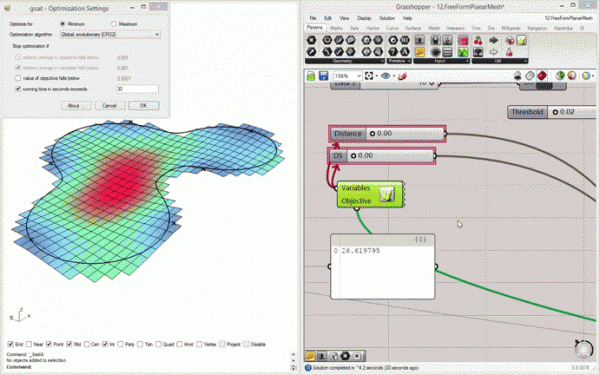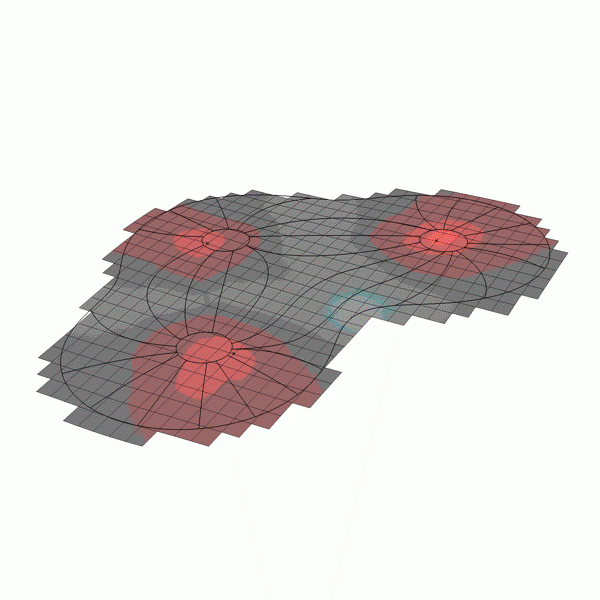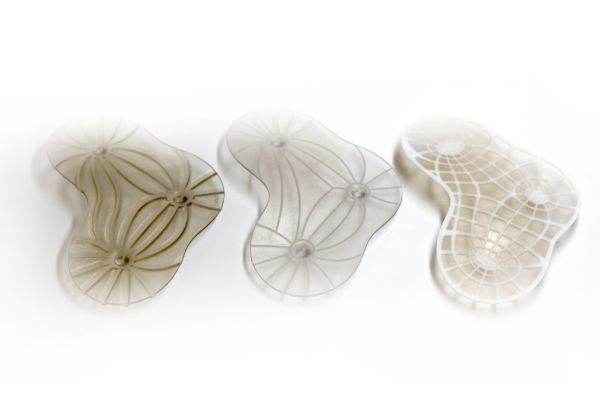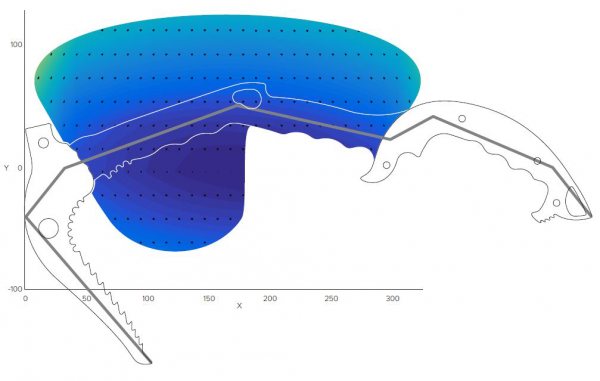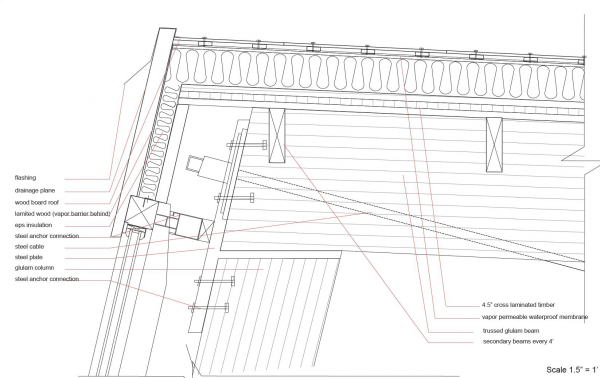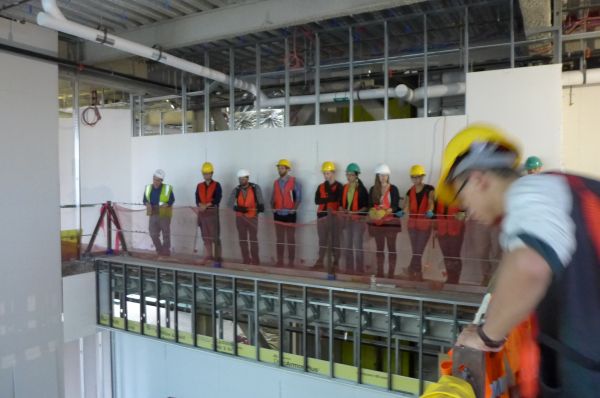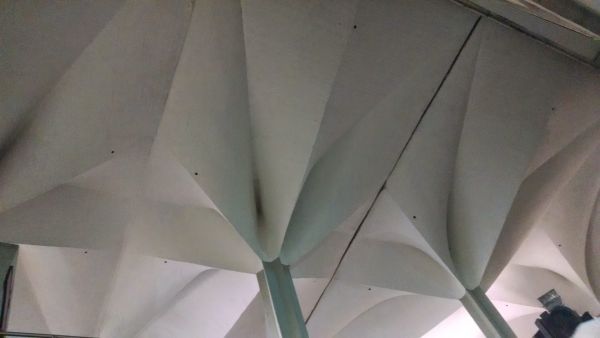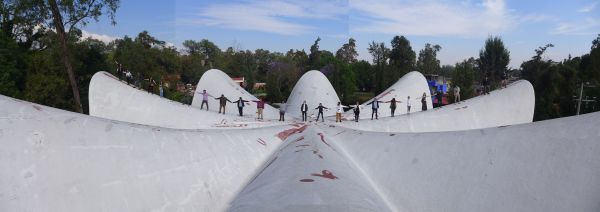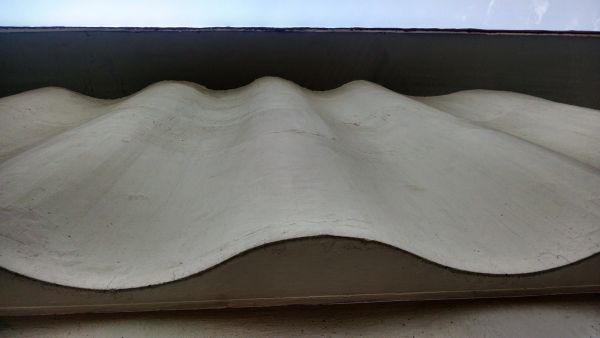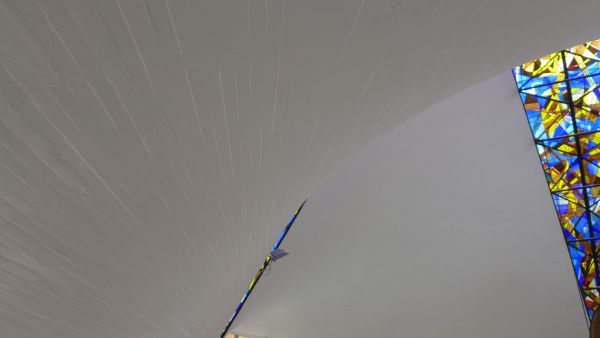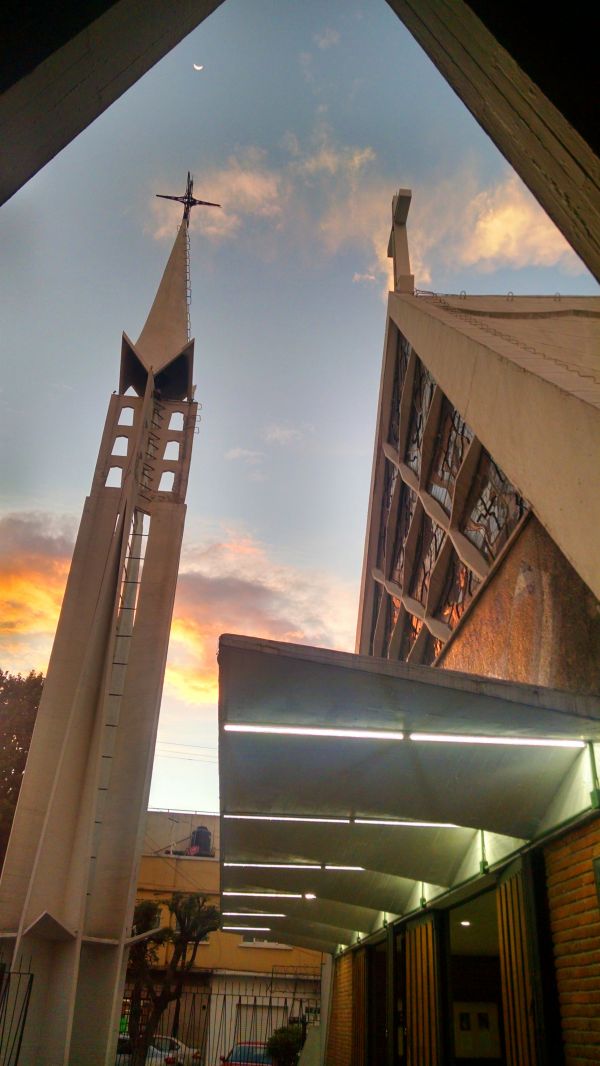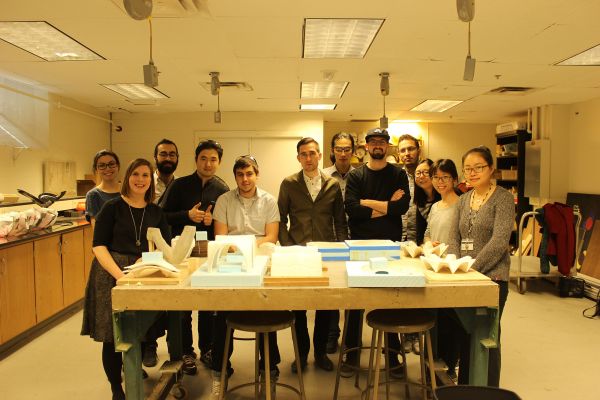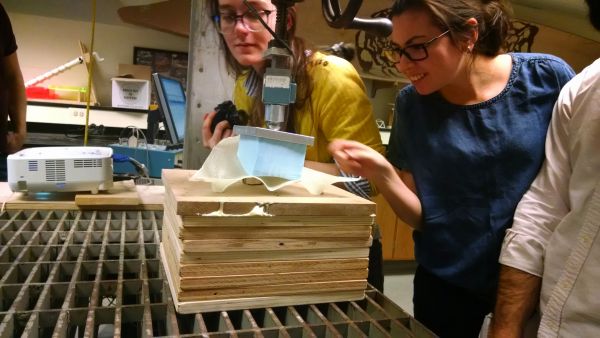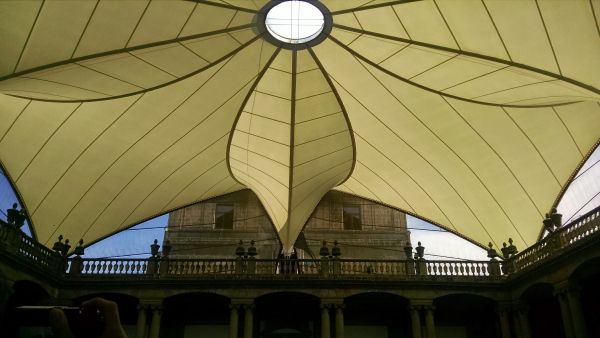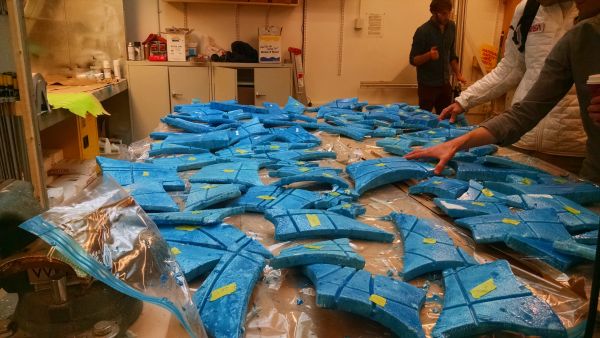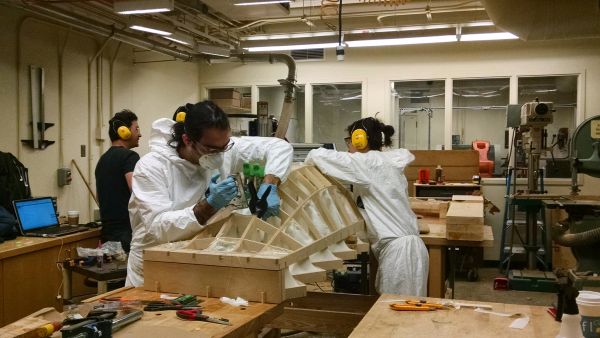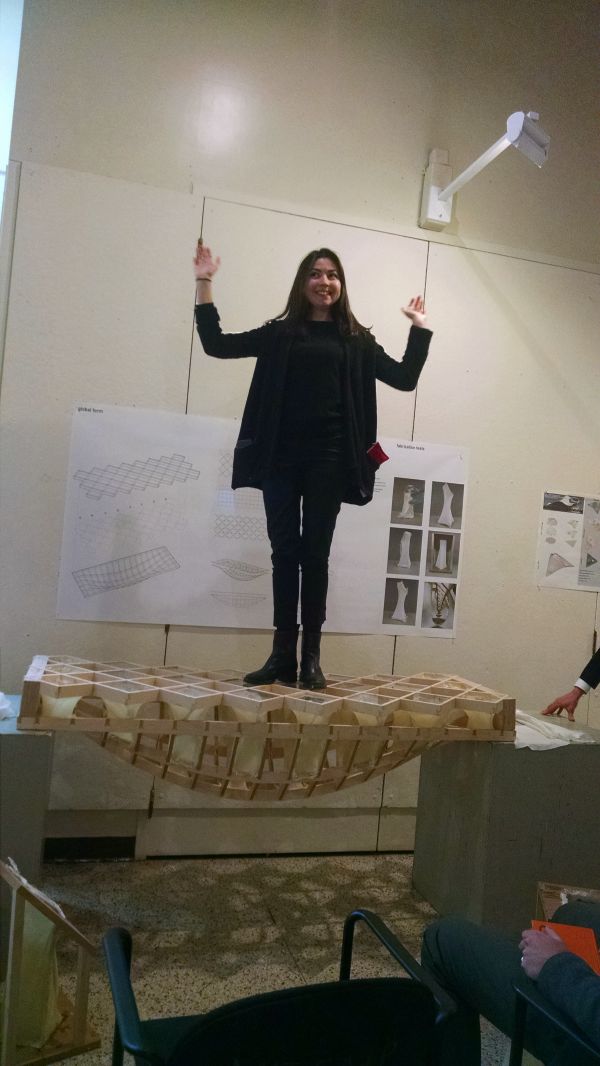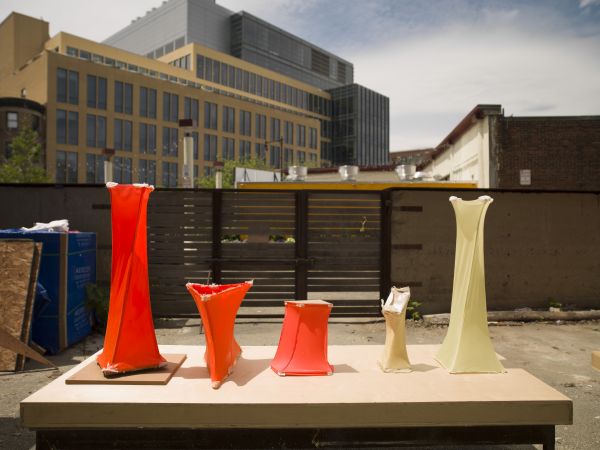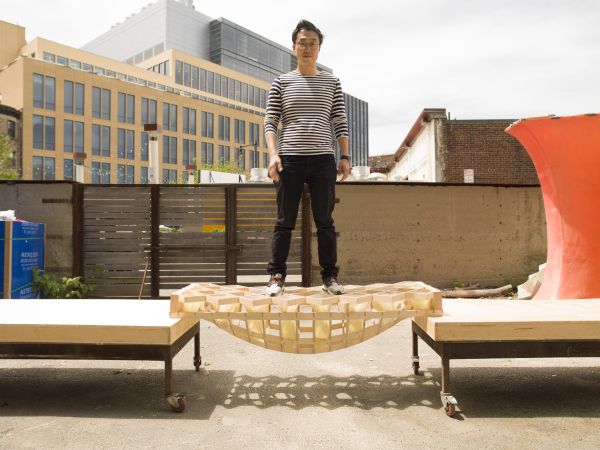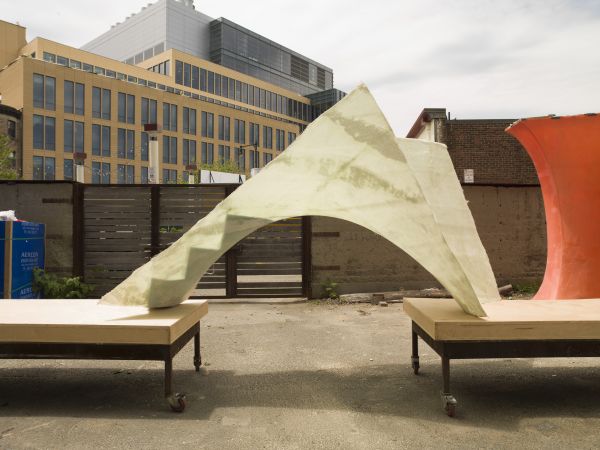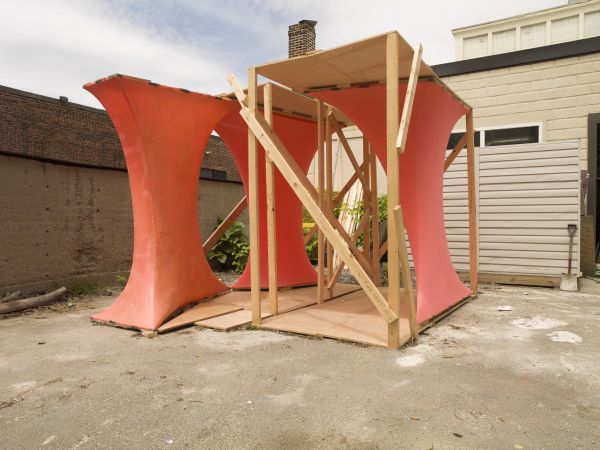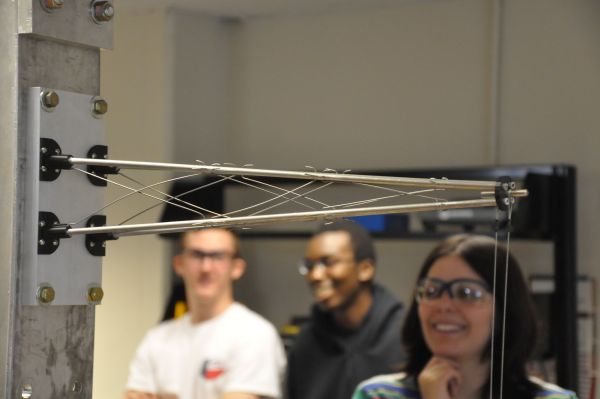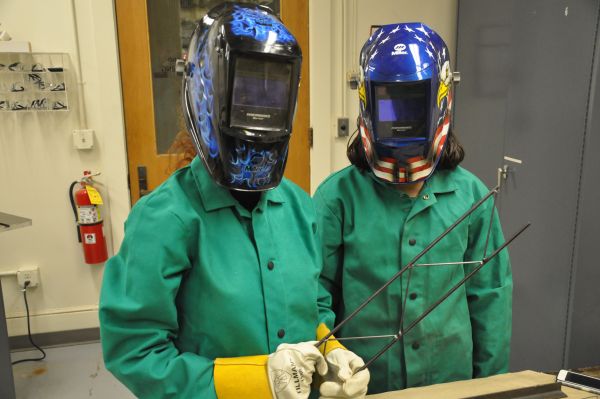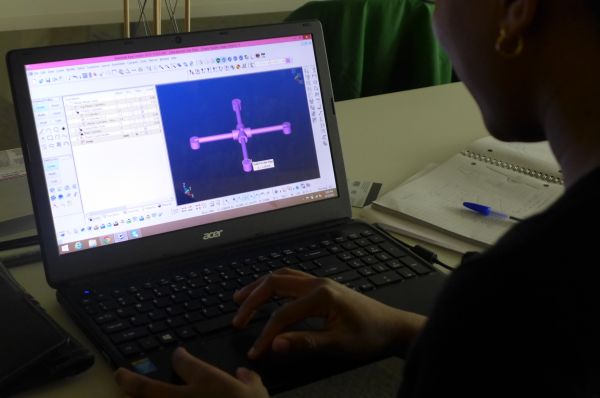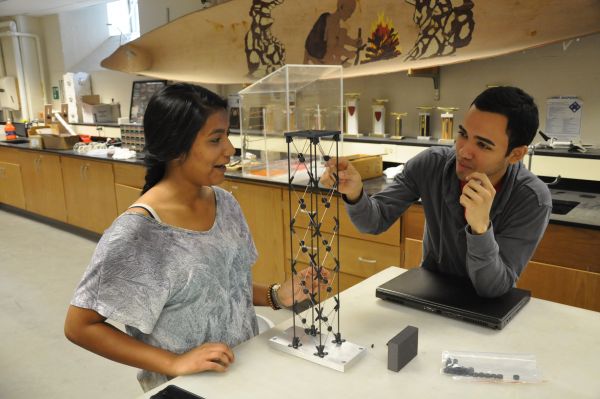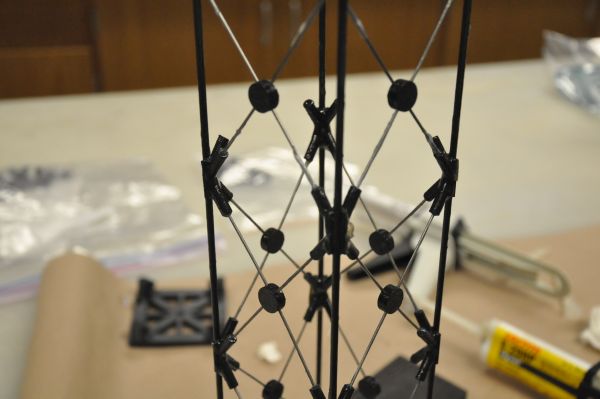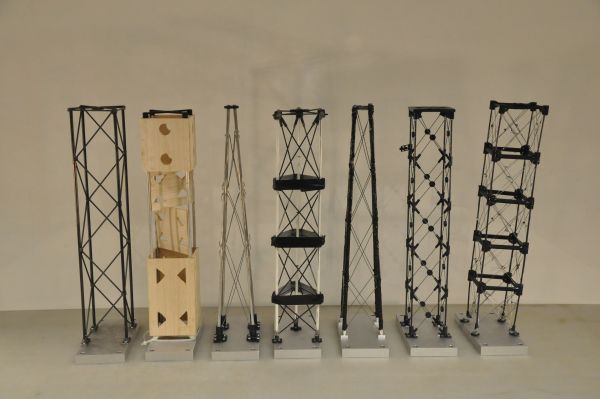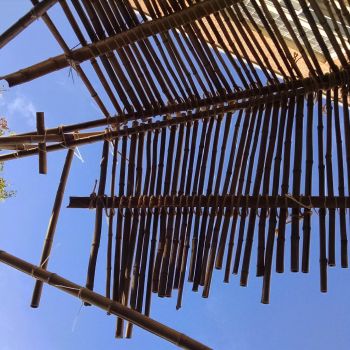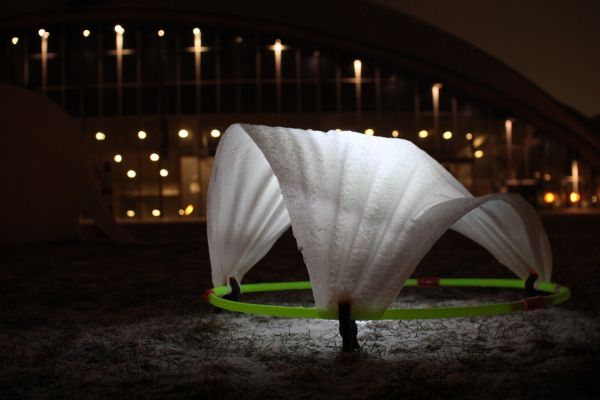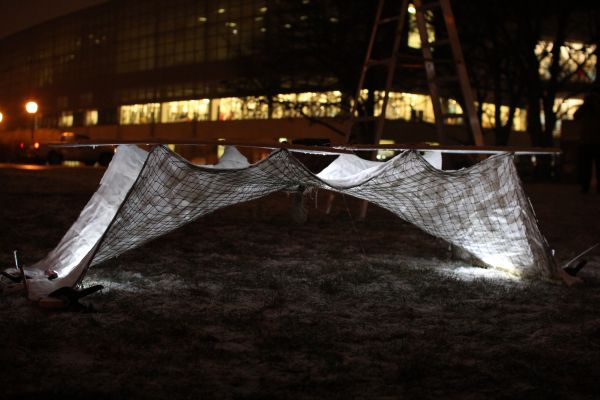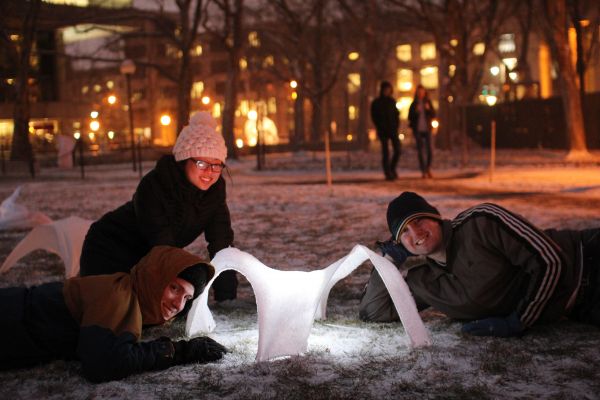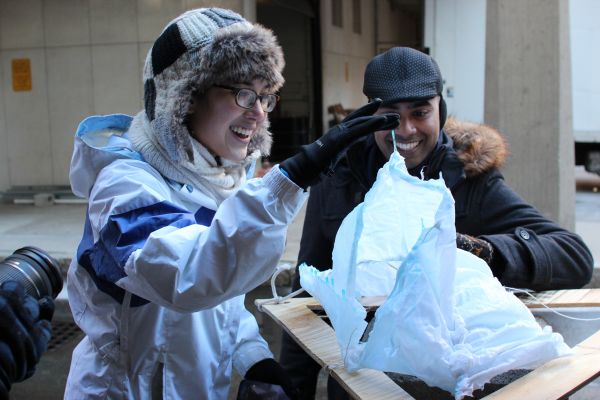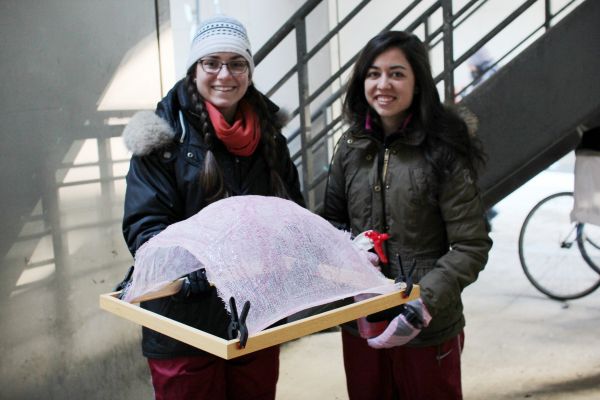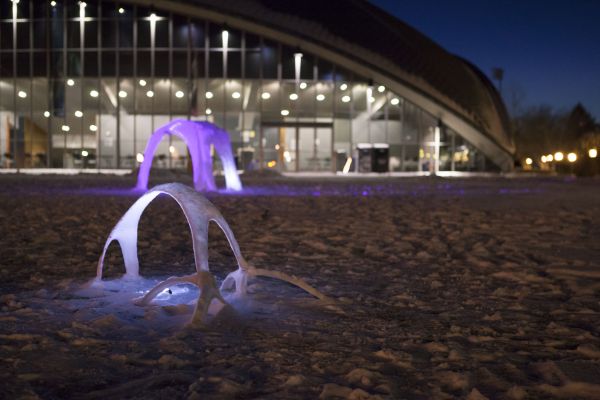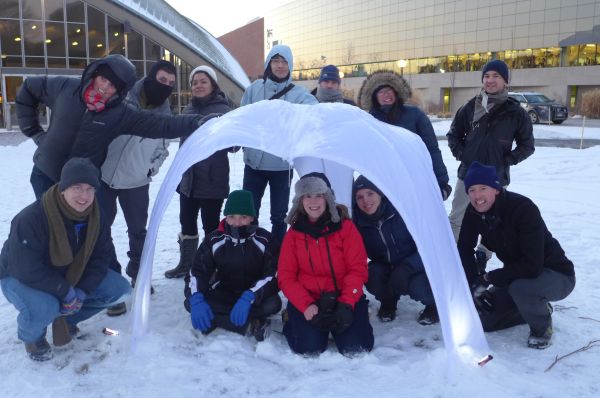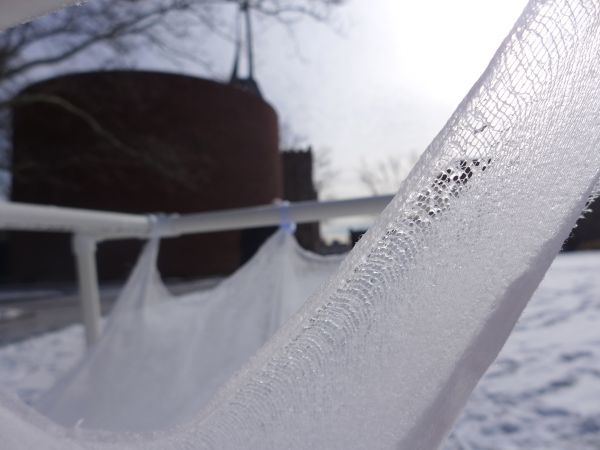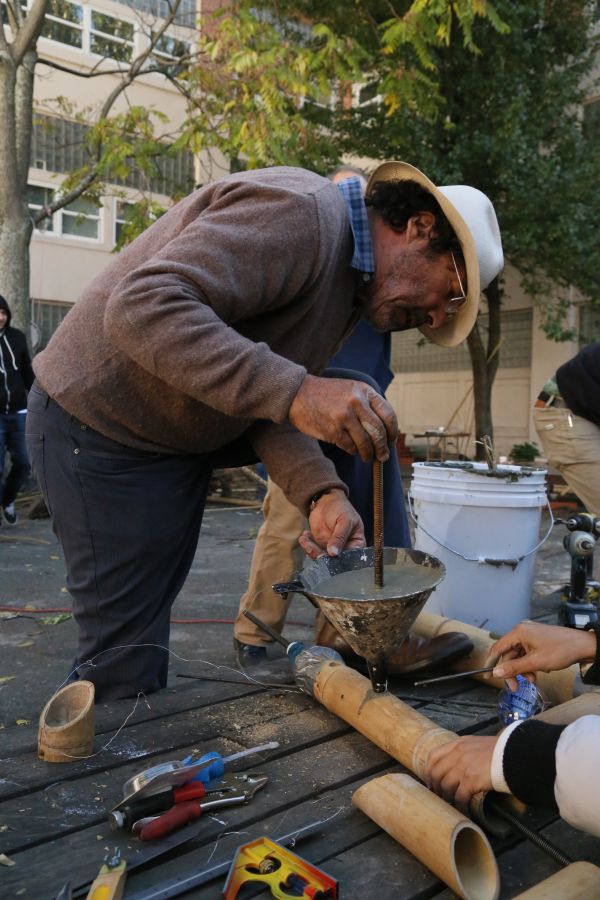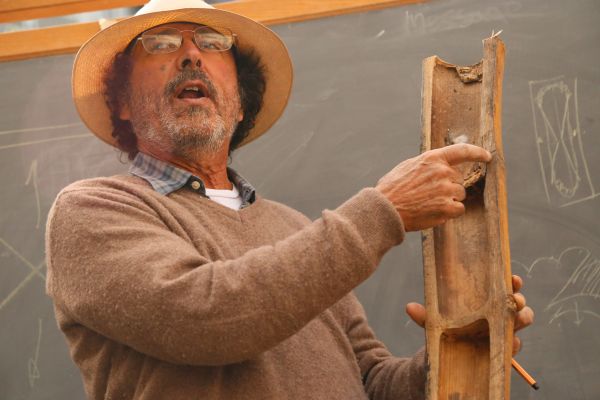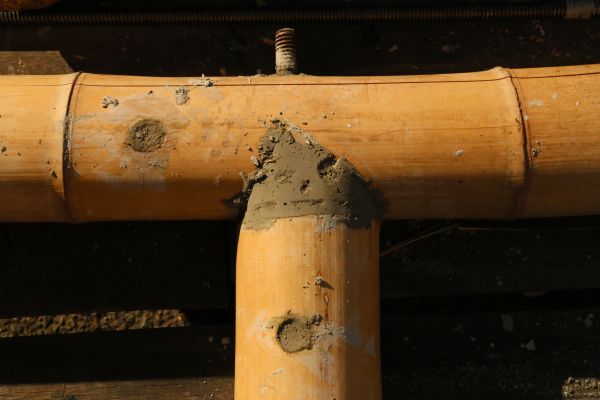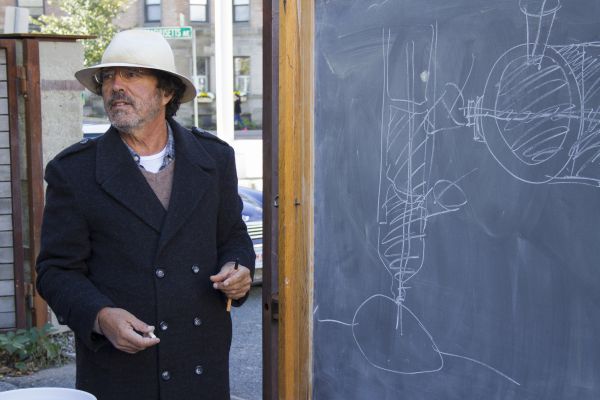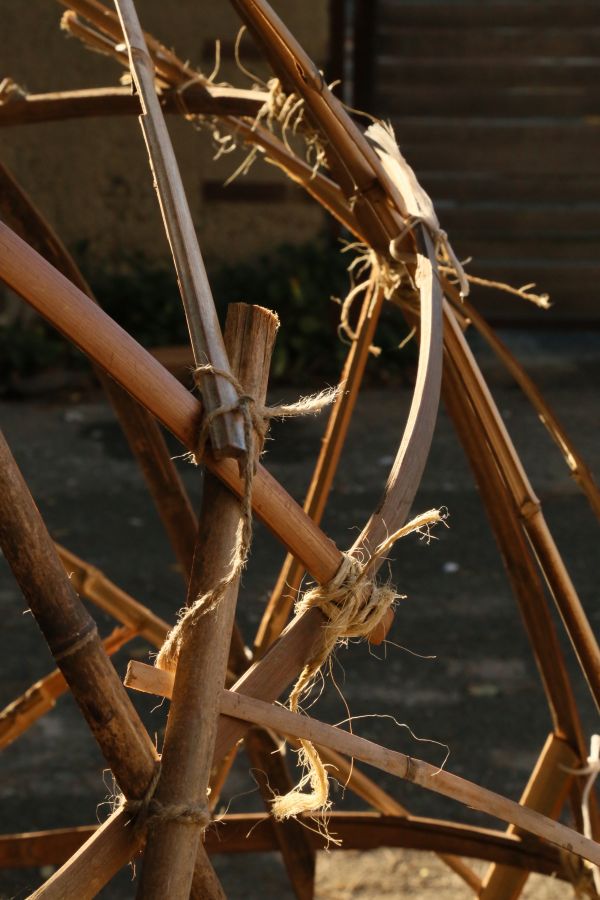classes
-
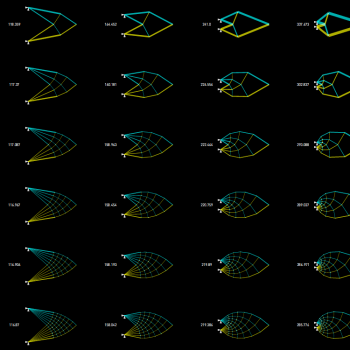 4.450: Computational Structural Design and Optimization2015 - Present
4.450: Computational Structural Design and Optimization2015 - Present -
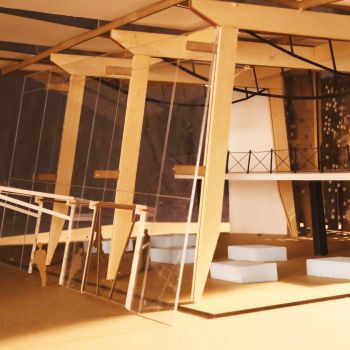 4.463: Building Structural Systems II2014 - Present
4.463: Building Structural Systems II2014 - Present -
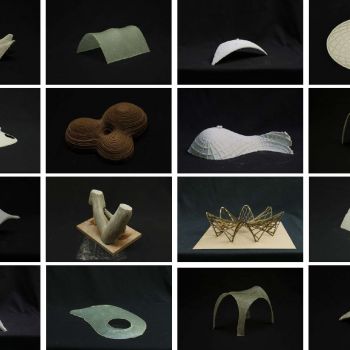 4.154: Un-flat Options Studio2015
4.154: Un-flat Options Studio2015 -
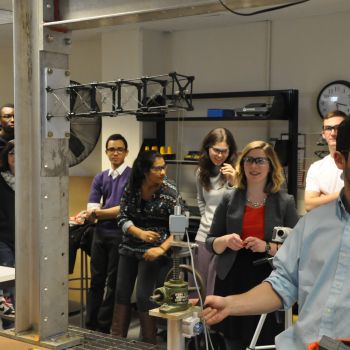 1.013: Senior Civil and Environmental Engineering Design2014
1.013: Senior Civil and Environmental Engineering Design2014
4.450: Computational Structural Design and Optimization
2015 - Present
This research seminar focuses on contemporary applications of computation for creative, early-stage structural design and optimization for architecture. Topics covered include computational design fundamentals, including problem parameterization and formulation; design space exploration strategies, including interactive, heuristic, and gradient-based optimization; and computational structural analysis methods, including the finite element method, graphic statics, and approximation techniques. A range of historical and contemporary examples of structural optimization in theory and practice are introduced and investigated as case studies. Students will also complete semester-long individual research projects, which will focus on the development, implementation, or application of an innovative computational approach for structural design. Project images by Juney Lee, Chikara Inamura, Mike Stern, and Geoff Tsai.
Related group members:
Tags:

4.463: Building Structural Systems II
2014 - Present
Taught in the third semester of the MArch curriculum, this class is linked to the Core 3 comprehensive design studio and incorporates an integrated approach to building technology and design. The class addresses advanced structures, exterior envelopes, environmental systems, and contemporary production technologies. The class continues the exploration of structural elements and systems, expanding to include more complex determinate, indeterminate, long-span, and high-rise systems, and a range of structural materials including reinforced concrete, steel, and engineered-wood. The contemporary exterior envelope is discussed with an emphasis on the classification of systems, their performance attributes, climate-based design criteria, and advanced manufacturing technologies. Environmental systems for heating, cooling, and ventilation are introduced, with an emphasis on sustainability and opportunities for passive design. State-of-the-art computational methods and tools are introduced and utilized across all subject areas. This class is taught by Caitlin Mueller along with Andrea Love and Les Norford. Project images show work by Jessica Jorge.
Related group members:
Tags:

4.154: Un-flat Options Studio
2015
Taught with Joel Lamere in Spring 2015, this options-level architectural design studio is part of the cross-studio initiative, a new program to develop studios that connect design with other disciplines. Called Un-flat Inevitabilities: Integrated Form and Structure in the Age of Simulation and Composites, the studio focuses on possibilities and frictions at the interface of architectural geometry and structural performance, as facilitated by contemporary computational tools and processes that integrate structural thinking and design intent. The extended studio brief is as follows:
Architecture’s enduring preoccupation with structure as a formal alibi has evolved alongside the tools we use to define and evaluate geometries. The fidelity between structurally-informed shape and architectural object is continually constrained to representable forms, calculable structural behaviors and other short-hand abstractions that simulate how objects will act and react once materialized. The history of architectural structures revels in this abstraction; Gaudi’s hanging-chain models reduce structure to the funicular, Nervi’s flow lines literalize graphic notation, Candela’s hypars exploit a coincidence between pure geometries and known equations.
We are only now beginning to graduate from a long period of computational infancy in architecture. New modeling tools, static and parametric, free architectural geometry from the representational limitations of the past. Computer-aided and digital fabrication processes are increasingly commonplace and potentially liberating. Simultaneously, the material palette available to architecture is expanding, with composites leading the way toward an eroding set of formal constraints. But most importantly to us, computational tools are emerging that promise to embed sophisticated structural behaviors into the design process. Through these, the necessary abstractions of previous generations can be replaced by simulative environments that allow a convergence of formal ambition and structural logics. This convergence allows us to imagine and construct an expanded set of possible forms, each deeply reflecting real-world material behaviors.
Yet the contingencies of architecture, the other criteria around which it must operate, resist the purity of this exercise. Take, for instance, the perfect beam, one for which efficiency is the only criteria: curved along the top and bottom with an ever-changing cross section reflecting various performative changes along its length. But as soon as you need to occupy the top of this beam one side becomes flat, and as soon as you need to make it the cross section stabilizes; a beam is inherently inefficient. This slippage -- between structural efficiency and other architectural demands -- is the most fertile ground for this new computational moment. Integrated processes and new simulative environments can embrace this call for flatness, while tapping into the un-flat inevitabilities of structural form.
The studio included a one-week trip to Mexico City to study the thin-shell concrete structures of architect-engineer Felix Candela, which inspired and contextualized many of the studio's themes.
Related group members:
Tags:

1.013: Senior Civil and Environmental Engineering Design
2014
As part of their senior capstone design class in Civil and Environmental Engineering, students completed a 3-week exercise to design, fabricate, and test a scale prototype of a sensor tower, with the goals of minimizing cost and embodied carbon while meeting strength and deflection performance goals. Students designed their towers with the help of hand calculations and digital tools, including structureFIT and commercial structural analysis software. They selected materials from a catalog of options that included steel, aluminum, wood, carbon fiber, FRP, and 3D-printed ABS plastic, with a focus on tradeoffs between cost and structural performance. Fabrication of physical prototypes involved a combination of traditional and digital making techniques, with an emphasis on connections and interfaces between materials. Finally, the structures were load tested to investigate failure modes and reveal differences between calculated and actual performance.
Related group members:
Tags:

workshops
Forces Frozen: Exploring Structural Ice Shells
2014 - Present
Taught each year in January during MIT's Independent Activities Period (IAP), this weeklong workshop explores the world of structural ice shells, inspired by Swiss engineer and designer Heinz Isler (1926-2009). The course begins by researching ice/fabric forms and the methods for making them, and in the following days, students explore and design their own ice-fabric structures, along with building formwork and rigging systems. On the final day, the group constructs a landscape of frozen structures on the MIT campus and shares the work with friends and colleagues. For more images and information about the workshop, see the this Tumblr page and this video, which was featured on the MIT homepage in January 2015 (taught with Corentin Fivet).
Since 2015, the workshop has been sponsored by the MIT-SUTD Collaboration Office, and involves students from MIT and the Singapore University of Technologiy and Design. In January 2016, the workshop was taught by Caitlin Mueller and Lancelot Coar, Assistant Professor at the University of Manitoba and world expert in ice shell design and construction.
Tags:
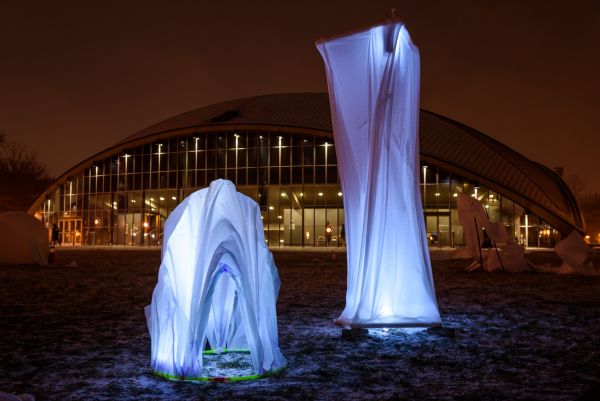
Bamboo Lateral Studio
2014
Led by Simón Vélez, leading bamboo designer from Colombia, and organized by John Ochsendof, Caitlin Mueller, and Ana María Leon Crespo, this one-day activity offered students across MIT's School of Architecture and Planning a hands-on design-build workshop exploring the possibilities for innovative structural form with bamboo. Students learned from Vélez about bamboo material properties and connection details, as well as design and construction methods for architectural-scale bamboo structures. The workshop culminated in six experimental construction projects in MIT's N51 courtyard.
Conceived in a series of Lateral Studios by Mark Jarzombek, the workshop was also connected to the 2014 Allen Lecture in Structural Design, gven by Simón Vélez.
Related group members:
Tags:



